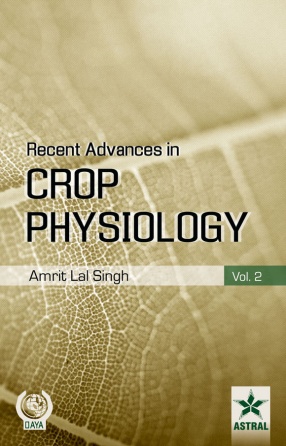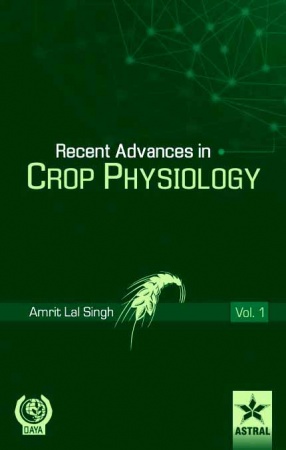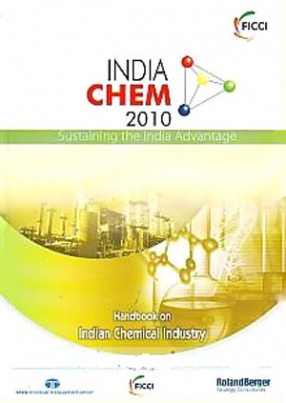Global food demand is expected to be doubled by 2050, while production, environment and natural resources are shrinking and deteriorating. Inadequate attention to agriculture across the larger part of the world has led to steep rise in food prices and increased food riots pushing about 100 million more people into poverty. More than one billion people already are earning less than one dollar a day, and 842 million are suffering from hunger. Majority of them live in rural areas, and are largely dependent on agriculture. The climate change and diversion of arable lands to urbanization and industrialization has further aggravated food crisis. On the other hand, with recent technologies, there is tremendous development in agriculture and productivity during the last two decades and it is hoped that with ingenuity, determination and innovative partnerships among everyone, we can meet the food needs of 9 billion people by 2050 without harming our planet. Using tools and technologies that allow farmers to apply nutrients more precisely at lower cost, improved seeds with less water and nutrients, new fertilizers, site specific nutrient management, effectively placed wetlands and buffers, and cover crops, we can meet the intertwined needs of environmental sustainability and rising food demand. However, all these informations are scattered and need to be compiled and circulated widely. This series on "Recent Advances in Crop Physiology" is an effort in this direction, which will act as a reference for directly implementing the technologies and to help the researchers for planning their future research.
Contents: Foreword. Preface. 1. Drought Management in Pulses and their Diversification under New Niches/P.S. Basu and Jagdish Singh. 2. Role of Phosphorus Efficient Genotypes in Increasing Crop Production/B.C. Ajay, A.L. Singh, Narendra Kumar, M.C. Dagla, S.K. Bera and R. Abdul Fiyaz. 3. Salinity Management in Vertisols: Physiological Implications/G. Gururaja Rao. 4. Physiological Basis for Maximizing Yield Potentials in Coffee/Chandra Gupt Anand and P. Prathima. 5. Bioregulators Improve the Productivity and Quality of Indian Table Grapes/S.D. Ramteke. 6. Physiological Basis of Iron Toxicity and its Management in Crops/K.K. Baruah and Ashmita Bharali. 7. Can Water Deficit be Useful in Potato?–Some Issues/Devendra Kumar and J.S. Minhas. 8. Bioregulators Ameliorate Water Deficit Stress in Wheat/Sushmita and Pravin Prakash. 9. Phenology and Productivity of Forest Flora of Gujarat/R.N. Nakar, B.A. Jadeja and A.L. Singh. 10. Radiotracer Use in Understanding Mineral Nutrition of Crop Plants/Bhupinder Singh, Prashant Kumar Hanjagi, Manoj Shrivastava, Achchelal Yadav, sumedha Ahuja and Rinki. 11. Nutritional Quality of Wheat/Sewa Ram. 12. Nitrogen-use Efficiency and Productivity of Wheat Crop/C. Gireesh, B.C. Ajay, R. Abdul Fiyaz, K.T. Ramya and C. Mahadevaiah. 13. Quality Seed: A Mega Factor in Enhancing Crop Productivity/J.S. Chauhan, A.L. Singh, S. Rajendra Prasad and Satinder Pal. Index.






There are no reviews yet.